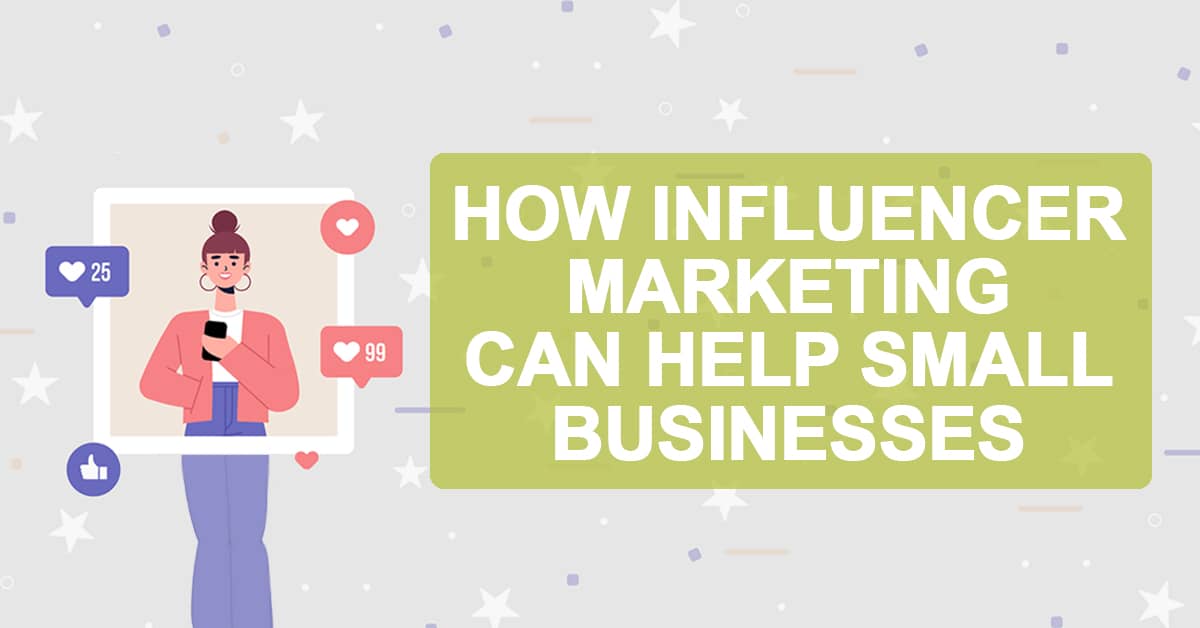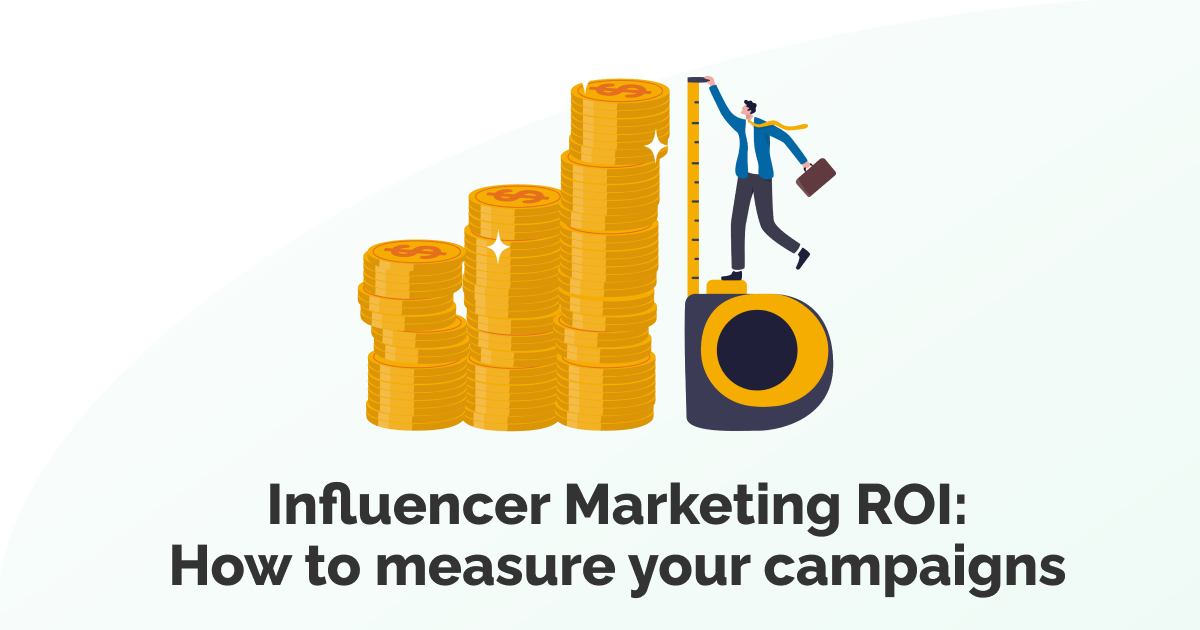In today’s fast-paced digital landscape, influencer marketing has emerged as a powerhouse for brands looking to authentically connect with their target audience. The strategic use of influencers can significantly impact a brand’s visibility, engagement, and ultimately, its bottom line. However, measuring the Return on Investment (ROI) in influencer marketing remains challenging for many marketers. In this article, we’ll delve into the intricacies of influencer marketing ROI, exploring key metrics, best practices, and the future trends shaping this dynamic field.
Understanding Influencer Marketing ROI

Influencer marketing involves leveraging the influence of individuals on social media to promote a brand or product. This strategy taps into the trust and relationship influencers have built with their followers, making it an effective way to reach and engage a specific audience. With the rise of social media platforms, influencer marketing has become a pivotal component of digital marketing strategies.
Key Metrics for Influencer Marketing ROI
1. Engagement Rate
One of the primary metrics for assessing ROI is the engagement rate. It measures the level of interaction between the audience and the influencer’s content. High engagement indicates an active and interested audience, contributing to the campaign’s overall success.
2. Conversion Tracking
Measuring direct conversions resulting from an influencer campaign is crucial for ROI analysis. Utilizing trackable links and codes helps attribute sales and leads to specific influencers, providing valuable insights into the campaign’s effectiveness.
3. Brand Visibility and Reach
A broader brand reach and increased visibility are indirect but significant indicators of influencer marketing ROI. Analyzing metrics such as impressions and brand mentions helps quantify the overall impact on brand awareness.
Setting Clear Objectives
Before diving into an influencer marketing campaign, it’s essential to establish clear objectives. Whether the goal is to increase sales, enhance brand awareness, or launch a new product, defining these objectives aligns the campaign with measurable outcomes.
Choosing the Right Influencers
Selecting the right influencers is a critical step in achieving a positive ROI. Relevance to the brand, authenticity, and understanding of the influencer’s audience demographics are key factors to consider. A well-matched influencer enhances the effectiveness of the campaign.
Negotiating with Influencers
Successful influencer partnerships are built on transparency and mutual benefit. Clear communication regarding compensation, deliverables, and expectations ensures a positive collaboration and sets the stage for a successful campaign.
Tracking and Measuring ROI
Utilizing analytics tools is paramount in tracking and measuring influencer marketing ROI. These tools provide insights into key metrics, enabling marketers to assess the impact of the campaign on sales, customer acquisition, and overall brand growth.
Challenges in Influencer Marketing ROI
Despite its effectiveness, influencer marketing poses challenges in ROI measurement. Attribution difficulties, distinguishing between the influencer’s impact and other marketing efforts, and assessing the long-term versus short-term impact are common hurdles marketers face.
Lessons Learned from Influencer Marketing ROI Analysis
Analyzing the ROI of past campaigns helps marketers refine their strategies. Identifying what worked and what didn’t informs future decisions, contributing to continuous improvement and optimization.
Best Practices for Optimizing ROI
1. Continuous Monitoring and Adjustments
In the dynamic world of influencer marketing, staying vigilant and adaptable is crucial. Continuous monitoring of campaign performance allows for real-time adjustments, ensuring optimal results throughout the campaign.
2. Building Long-term Relationships with Influencers
Investing in long-term relationships with influencers fosters authenticity and trust. Repeat collaborations strengthen the connection between the influencer and the audience, enhancing the overall impact on ROI.
Emerging Trends
1. Micro and Nano Influencers
A shift towards micro and nano influencers is observed, emphasizing the importance of genuine connections with smaller, highly engaged audiences. These influencers often provide a more cost-effective means of achieving significant ROI.
2. Video Content and Live Streaming
The growing popularity of video content and live streaming presents new opportunities for influencer marketing. Platforms like YouTube, Instagram, and TikTok offer unique ways for influencers to connect with their audience, potentially amplifying ROI.
3. Integration with Other Marketing Channels
Successful influencer marketing doesn’t operate in isolation. Integrating influencer campaigns with other marketing channels creates a cohesive strategy, maximizing overall impact and ROI.
The Future of Influencer Marketing
As technology and consumer behavior evolve, influencer marketing is poised for continued growth. Predictions indicate an increased reliance on influencers, with a focus on authenticity, diversity, and innovative content creation shaping the future landscape.
Conclusion
In conclusion, influencer marketing ROI is a multifaceted aspect of digital marketing that demands strategic planning, clear objectives, and continuous optimization. Brands that harness the power of influencers effectively can unlock substantial returns, not only in terms of revenue but also in building lasting connections with their audience. Request a Demo from AIM Technologies!
FAQs
What is influencer marketing ROI?
- Influencer marketing ROI measures the return on investment from influencer marketing campaigns, assessing their impact on sales, brand awareness, and other key performance indicators.
How can I calculate the ROI of an influencer campaign?
- Calculate influencer marketing ROI by tracking engagement metrics, conversion rates, and brand visibility. Evaluate the campaign’s impact on sales and customer acquisition.
What factors contribute to a successful influencer marketing strategy?
- Relevance of influencers to the brand, authenticity, and understanding of the influencer’s audience demographics are key factors. Clear communication and transparency also play crucial roles.
Are micro-influencers more effective in generating ROI?
- Micro-influencers with smaller, highly engaged audiences can provide a cost-effective means of achieving significant ROI, often fostering more genuine connections.
How do I overcome challenges in measuring influencer marketing ROI?
- Overcome challenges by utilizing analytics tools, setting clear objectives, and continuously monitoring and adjusting campaigns. Learn from past campaigns and stay adaptable in the dynamic influencer marketing landscape.




